Rolex: Special Edition Wristwatches
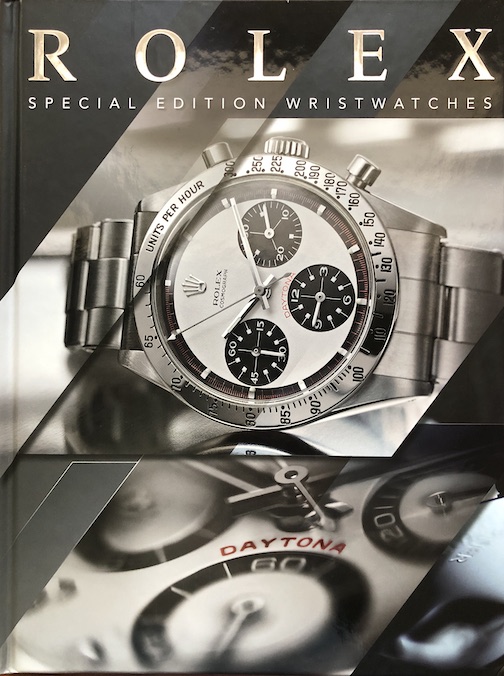 by Peter Braun, Martin Häussermann, Harry Niemann, Iris Wimmer-Olbort
by Peter Braun, Martin Häussermann, Harry Niemann, Iris Wimmer-Olbort
“Some watch connoisseurs are of the opinion that it is no longer possible to make any more technical or functional advances in the wristwatch sector. After the invention of the waterproof case with screw-down crystal, case back, and crown, and the introduction of self-winding with oscillating-weight rotor, the wristwatch had basically been completely developed. The Rolex Oyster Perpetual combined all of these achievements and thus was miles ahead of the competition in 1931.”
“Impulse power”—that’s not just something a Star Trek captain orders up, it’s something watchmakers have to figure out. And figuring out technical bits is something Rolex has been very good at for a very long time. That quote above is from the time the granddaddy of Rolex tool watches was introduced and they alone had those features, for some 20 years, until the patent protection expired.
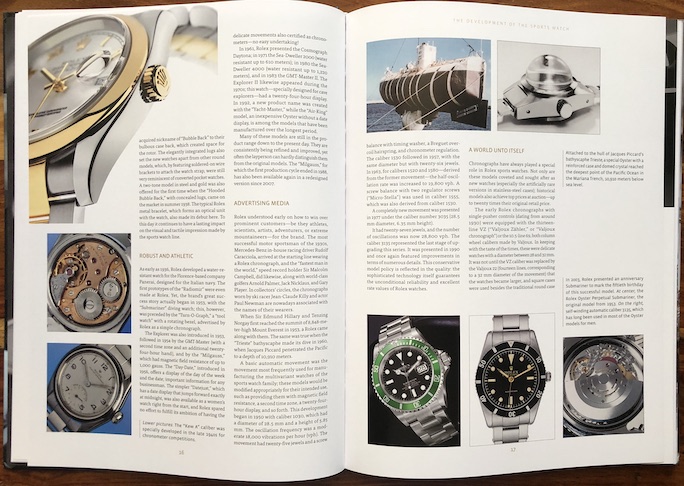
You can tell even in the dark if someone’s wearing a Rolex—the lume is often blue.
If Rolex watches are on your radar, the first sentence in this 2022 book won’t jive with your mental timeline: “The presentation of the new Submariner was not the only reason for issuing this special edition.” [1] But hadn’t it been two years earlier that a radically updated collection of that model launched? Yes it was, and that is when the original German version of this book came out. It was published by Heel, and that answers another question (you may not have had): the reason Peter Braun is the lead author of this book is that he is editor in chief of Germany’s premier wristwatch annual Armbanduhren, which is also published by Heel. And while we’re at it, if you’re not a watch geek and Braun’s name rings a bell it may be because he’s also editor in chief of Maranello World–The Magazine for Ferraristi, a quarterly that is published by Heel as well.

You may know it as the iconic Daytona, and you may even know why it has that name. But did you realize that initially only US market watches were called that, and that the original Reference 6239 started life nicknamed “Le Mans”?
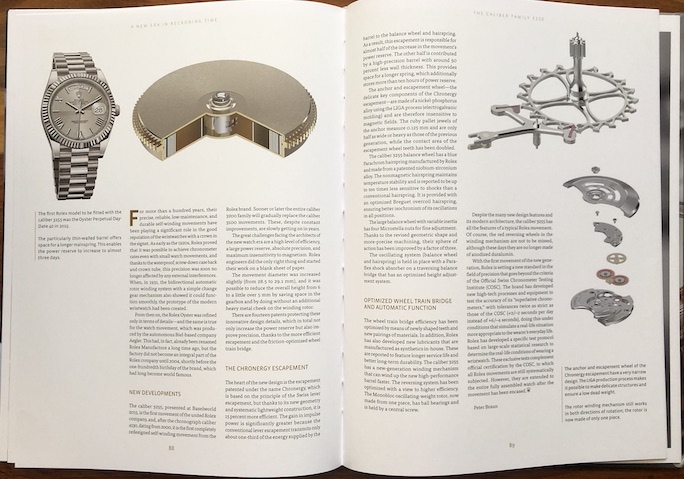
So what does make it tick? You’ll pick up a lot of general watchmaking info in this book.
If you’re new to Rolex and you just don’t know what all the hoopla is about, or if it is deserved, start with chapter 6, “The Ten Outstanding Features of a Rolex.” Also, consider that even though a million Rolexes are sold annually, most models are wait-listed for years. Are people simply succumbing to the myth or do they know something you don’t? Assuming you are suitably impressed, turn to the last chapter, which is not numbered and simply titled “Catalog,” because it is here where you’ll find out if you can afford one. One section lists a selection of the most sought-after classics from 1924–1968 (surprisingly, a 1935 “Channel Swimmer” can be had these days for only $1200), and the other lists a selection of the current line (i.e. 2020; prepare to part with a minimum of around $6000 for a base Oyster Perpetual 41 and from there the dollars rise into the “Price on Application” realm). As does the entire book, both sections focus on what is called tool watches (as opposed to dress watches), meaning watches engineered to perform in specific, usually extreme, environments: up above (aviation, mountaineering), down below (diving), high-impact (sports, general abuse). If you ever thought a helium valve on a dive watch is a gimmick simply to jack up the price, well, there’s a really good description here that’ll teach you otherwise.
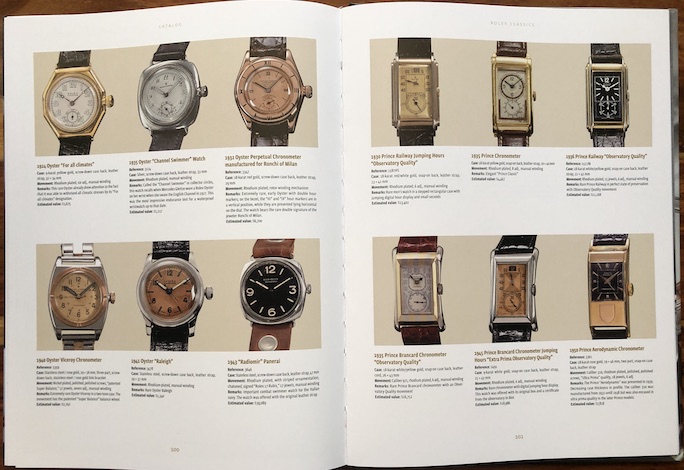
The Catalog, here the Cassic section. The lovely Channel Swimmer—“the wonder watch that defies the elements”—mentioned in the text is top row, second from left. It’s small at only 33 mm but big in terms of instant street cred. The Current section shows 48 (!) watches, and that’s not even the entire line of 2020 models, an almost bewildering number and not something you could intelligently navigate without a book like this.
In fact, this book packs a lot into its merely 120 pages, and way overdelivers on its absurdly low $35 MSRP. It is slightly oversize (9.25 x 12.5 in), beautifully photographed and, most importantly, competent. From Rolex history to descriptions of watchmaking fundamentals and components (even secondary aspects such as lume, bezels, or bracelets) to fairly detailed descriptions of specific models or what happens at which Rolex facility this is one fine book and can be recommended without reservation.

The excellent photos make the watches look 3-dimensional. Throughout there are sidebars, as here on the right page, presenting detailed specs.
No Index, but that is normal for European books (and that limits what US publisher Schiffer can do with their English language version). Schiffer has other Rolex titles, as well as other wristwatch books.
Auction house Christie’s says Rolexes gain value faster and more steadily than any other brand so even if you don’t want one on the wrist, you may want to put one in the safe—but read the book first. Let’s not kid ourselves: many people buy a Rolex not for its horological attributes but for the statement it makes. So, if a $35 book doesn’t make enough of a statement on your coffee table you may have to spring for the $1200 Rolex: The Impossible Collection (ISBN 9781614287209) by Assouline. It is not worth the extra $1165 but, hey, they throw in white gloves. And a tote bag.
[1] Presumably, special edition refers to the book.
Copyright 2023, Sabu Advani (speedreaders.info).


 RSS Feed - Comments
RSS Feed - Comments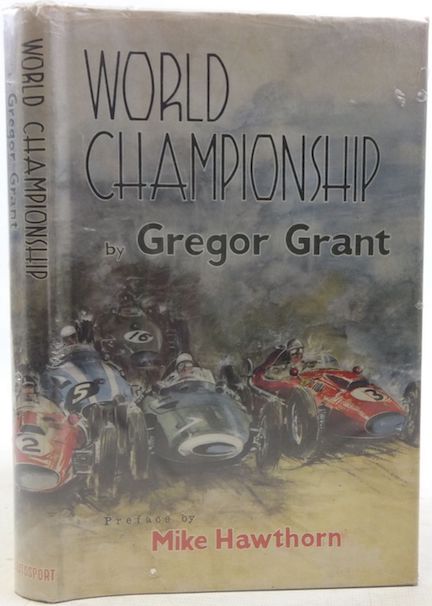
































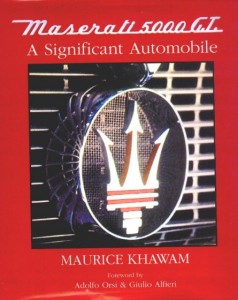













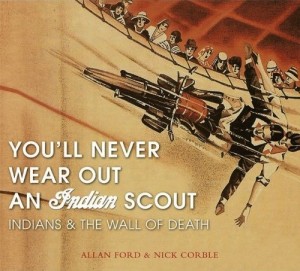



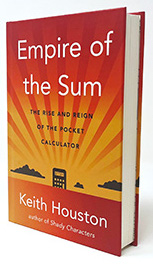





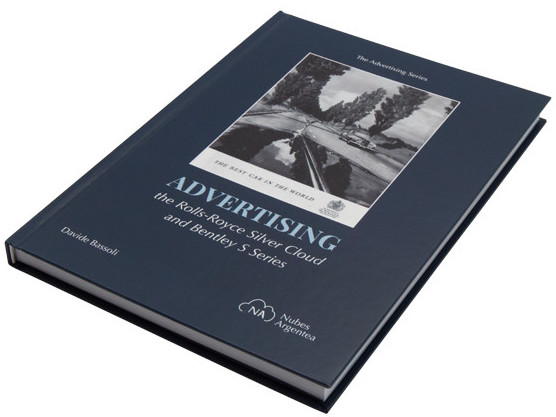







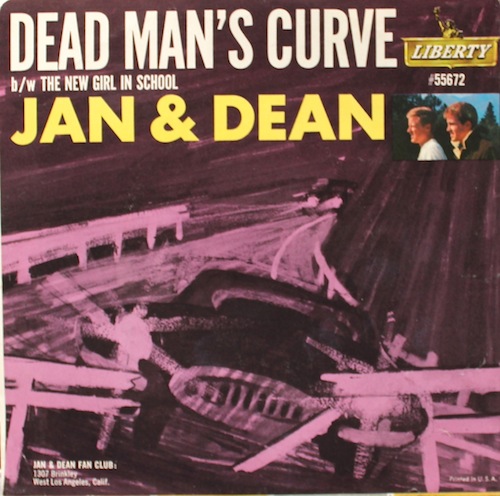





 Phone / Mail / Email
Phone / Mail / Email RSS Feed
RSS Feed Facebook
Facebook Twitter
Twitter